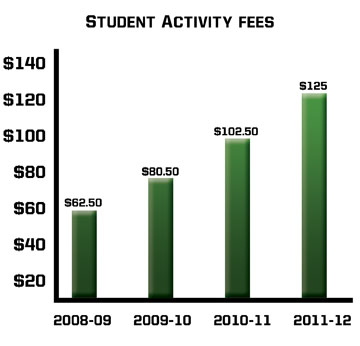ASI president switches position on student activity fees

Student Activity Fees Graphic::Megan Harris – State Hornet
April 6, 2011

Student Activity Fees Graphic::Megan Harris – State Hornet
April 6, 2011
Your donation will support the student journalists of Sacramento State University. Your contribution will allow us to purchase equipment and cover our annual website hosting costs.